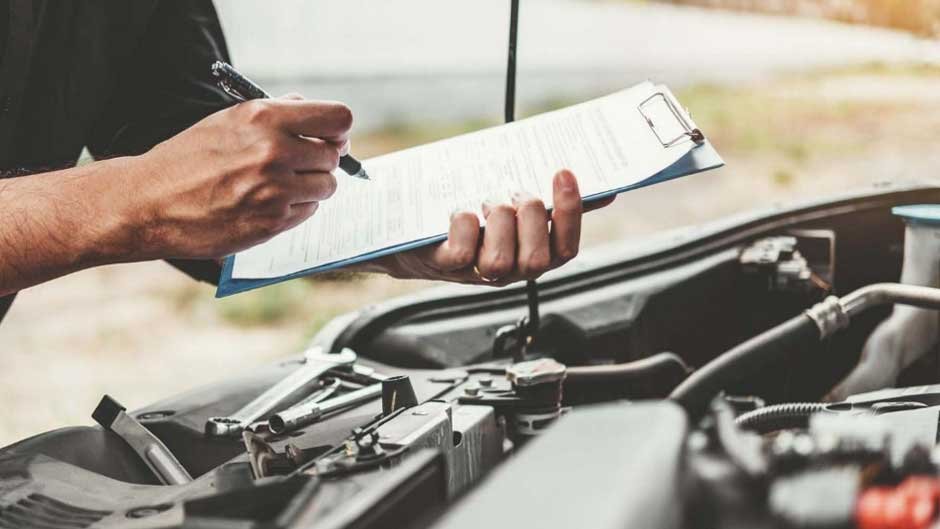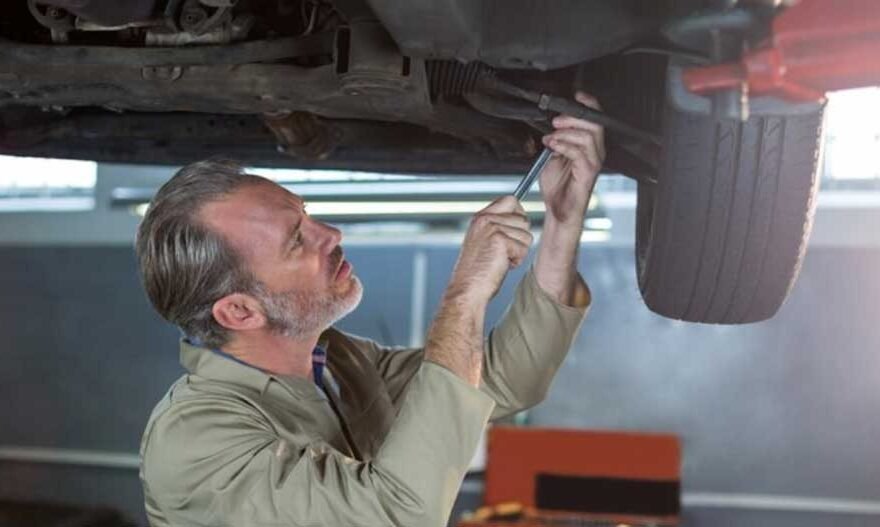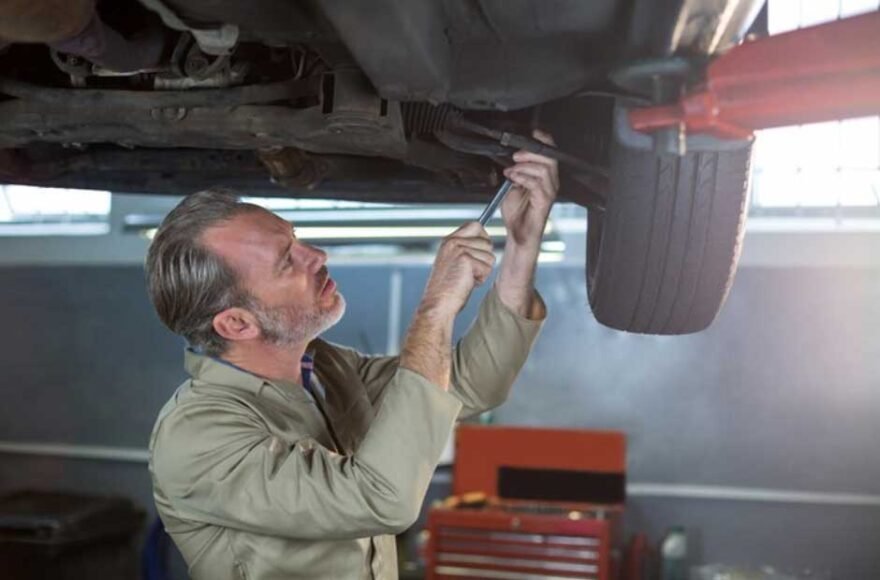5 Reasons Vehicles Fail the MOT Test and How to Avoid Them

Many countries, including the UK, depend on the MOT (Ministry of Transport) test as a vital annual safety inspection for their vehicles. It guarantees vehicles satisfy environmental criteria and road safety. Ignoring the MOT test might cause trouble and result in unanticipated repair bills. However, most failures result from easily preventable common problems. Knowing these traps and acting early on will save you time, money, and trouble. Following are the five main reasons for MOT test failures for vehicles; also included are advice on how to avoid them.
1. Faulty Lights and Signaling
Faulty lights and signals are among the most often occurring causes of MOT test failures. This covers fog lights, brake lights, indicators, and headlights. Lighting is important for both visibility and communication with other road users, thus a considerable number of vehicles fail their MOT because of problems with it.
How to Avoid:
- Before the MOT test, routinely check every lamp on your car. Ask someone to check that, upon activation, brake lights and indicators operate as they should.
- Change any blown out lights right away. Stow extra bulbs in your car to handle any unanticipated problems.
- Dirt and flaws can obscure light output and cause failure, so make sure your lights’ lenses are clear and free of damage or cracks. To make sure vehicle safety, just search nearby class 7 MOT centres and go through the examination procedure.
2. Worn or Damaged Tires
Another often occurring reason for MOT test failures is tires. Typical problems are uneven wear, inadequate tread depth, or obvious damage including cuts or bulges. In the UK, the legal minimum tread depth falls 1.6mm across the central three-quarters of the tyre.
How to Avoid:
Look over your tires often for wear or damage. To be sure the depth satisfies legal criteria, use a tread depth gauge.
- Monthly tyre pressure checks should be followed by adjustments to the advised levels found in the handbook of your car.
- To maximise their lifetime and encourage even wear, rotate your tires often.
- Even if the tread depth is technically above the legal limit, replace tires as soon as they show symptoms of major wear or damage.
3. Brake System Issues
Common cause of MOT failures and a major safety issue are brake system faults. This covers hydraulic system leaks, damaged discs, or worn brake pads.
How to Avoid:
- When braking, pay attention to any odd sounds—such as grinding or squealing—which could point to worn pads or other problems.
- If you find decreased braking efficiency, especially, have your brakes routinely checked by a professional mechanic.
- Periodically check your brake fluid level; if needed, top it. To avoid contamination, replace the brake fluid according to manufacturer advice.
- If the brake warning light on your car shows on the dashboard, do not ignore it.
4. Exhaust and Emissions Problems
Many times, a malfunctioning exhaust system or too high emissions cause vehicles to fail their MOT exam. Typical issues range from leaks to too much smoke to a broken catalytic converter. Modern cars are subject to more stringent pollution criteria, which explains this problem especially.
How to Avoid:
- Check your exhaust system often for obvious damage, rust or odd sounds suggesting a possible issue.
- Make sure your car is routinely serviced since a well-maintaining engine is less likely to emit too much pollution.
- Use premium fuel and think about routinely adding fuel additives to keep the fuel system clean.
- Before the MOT test, drive your car for a minimum twenty minutes to make sure the catalytic converter is running at ideal temperature.
5. Obstructed Driver’s View
One less obvious but shockingly common cause of MOT failures is a blocked view of the road. A failed test can result from problems including a damaged windscreen, malfunctioning wipers, or objects blocking the driver’s view.
How to Avoid:
- See if your windscreen has chips or cracks; have them fixed right away. Certain damage—especially in the driver’s line of sight—may cause failure.
- Replace damaged or worn-out wiper blades to guarantee efficient windscreen clearing. Either incomplete or smearing wiping can point to a need for replacement.
- Clear anything that obstructs your view of the road, including air fresheners, sat-navs, or stickers.
- Regular top-up of your washer fluid guarantees clean and functional washer jets.
Conclusion
Not passing the MOT test has to be a trying event. You greatly raise your chances of passing on the first try by tackling these typical problems early on. Maintaining great condition of your vehicle depends mostly on routine maintenance and inspections all year long. Apart from passing your MOT test, this will increase the reliability and safety of your car. Remember, a little effort and awareness can prevent expensive repairs and guarantee road peace of mind.



